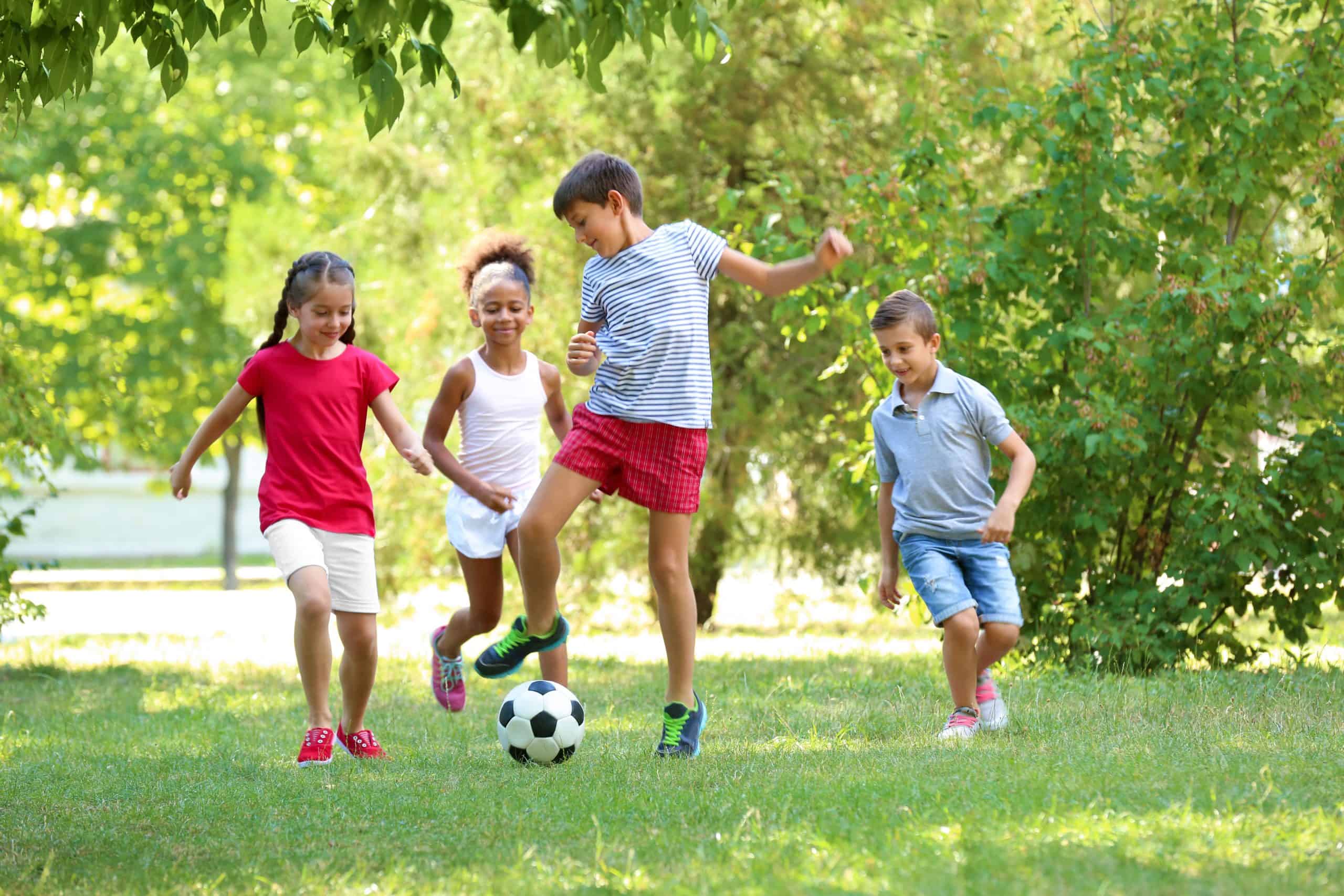
12 Apr Assessment and Evaluation of the Active Play Indicator: Insights from Surveillance and Monitoring Efforts
Thank you to Dr. Eun-Young Lee (Assistant Professor at Queen’s University, AHKGA JEDI Committee member, and South Korea’s Report Card leader), An-Chi Shih (Physiotherapy Student at McMaster University), and Dr. Mark Tremblay (Senior Scientist at the CHEO Research Institute and AHKGA President) for providing this post.
Introduction:
In today’s rapidly evolving landscape, understanding the intricate dynamics of active play and its surveillance practices across the globe is critical. A recent comprehensive review published in the Journal of Exercise Science and Fitness offers a detailed examination of global surveillance and monitoring efforts surrounding active play, with a focus on previous Global Matrix* initiative. This study provides invaluable insights into this fundamental aspect of childhood, crucial for informing evidence-based policies and interventions for the promotion of active play.
*Global Matrix, led by the Active Healthy Kids Global Alliance (AHKGA), is the global-level, biennial evaluation system of physical activity related behaviors among children and youth, including the Active Play indicator, and the sources of influence using letter grades (ranging between “A” and “F”). To date, four biennial rounds of Global Matrix were conducted involving 15 countries in 2014, 38 countries in 2016, 49 countries in 2018, and 57 countries/jurisdictions in 2022 (Note: Global Matrix in 2020 was postponed to 2022 due to the COVID-19 pandemic).
Key Findings:
The study delves into the multifaceted dimensions of active play and its surveillance across 68 countries that participated in the previous Global Matrix. One of the key findings is the wide variability in the definitions and measurement approaches used to assess active play, reflecting the diverse cultural, social, and environmental contexts in which children are born, live, grow, and play.
Moreover, the study highlights the importance of comprehensive surveillance systems in capturing the nuanced dynamics of active play that encompasses both outdoor and indoor
activities, accounting for different age groups, cultural variations, and specific barriers in different geographical locations. By doing so, surveillance efforts can provide a more holistic understanding of children’s play behaviors and their implications for health and development.
Implications for Future Research:
This study offers valuable insights into the development and enhancement of questionnaires focused on active play, presenting six key considerations for future research in this area: consideration of (1) established terminology; (2) diversity in play location; (3) different climate and settings; (4) age-specific active play questionnaire item(s); (5) culturally relevant adoption for different countries; and (6) equity, diversity, inclusion, and accessibility (EDIA). By addressing these considerations, future questionnaire development and research efforts can effectively capture and evaluate active play behaviors across diverse populations, thereby informing evidence-based interventions aimed at promoting physical activity and well-being among children and youth globally.
- There is a need for consistent terminology and a clear definition of active play, aligning with international consensus, to ensure coherence and reliability in data collection;
- Questionnaires should account for the diversity of locations where active play occurs, including schools, homes, and recreational spaces both indoors and outdoors;
- Researchers should consider the influence of climate change and geographical settings on active play, especially in outdoor environments;
- Age-specific questionnaire items are essential to capture variations in active play behaviors among different age groups;
- Cultural relevance should be incorporated into questionnaire design, reflecting diverse cultural practices and preferences related to active play;
- Integrating principles of EDIA is crucial to ensure that research on active play encompasses the experiences of all children and youth, including those with disabilities and from marginalized communities.
Implications for Future Global Matrix:
This study provides two sets of age- and location-specific questionnaire items for the measurement of active play that researchers can use with guidelines on the use of the items and reporting. Given the variations in how active play is understood and operationalized across different cultures and regions, researchers should collaboratively modify age-specific questionnaire items provided in this review and follow the systematic
translation and validation process to capture the essence of active play in their respective countries before adoption.
For 2-10-year-olds (two proxy-report items)
- In the last week, how many minutes per day on average has your child engaged in active outdoor play outside of physical education classes or structured sports participation? (Note: active outdoor play is a form of play that involves physical activity and takes place outdoors, in the fields, at school yards, playgrounds, neighbourhood parks, or nearby nature. Think of activities such as … [insert context and culturally relevant examples]).
- In the last week, how many minutes per day has your child engaged in active indoor play outside of physical education classes or structured sports participation? (Note: active indoor play is a form of play that involves physical activity and takes place indoors, at school gyms, childcare, community centres, or in the classroom during recess. Think of activities such as … [insert context and culturally relevant examples]).
For 11-17-year-olds (two self-report items)
- In the last week, how many minutes per day on average have you engaged in non-organized physical activity outdoors? (Note: any physical activity that is not part of organized physical activity or sport, that is not restricted by extrinsic rules usually set and governed by adults. Think of activities such as … [insert context and culturally relevant examples]).
- In the last week, how many minutes per day have you engaged in non-organized physical activity indoors? (Note: any physical activity that is not part of organized physical activity or sport, that is not restricted by extrinsic rules usually set and governed by adults. Think of activities such as … [insert context and culturally relevant examples]).
In addition to these questionnaire items, the article makes the following three recommendations on the reporting of the Active Play indicator for future Global Matrix initiative: 1) consistency in reporting; 2) innovation in the assessment of active play; and 3) standardization of the final publication.
Looking Ahead:
This study offers a comprehensive overview of global surveillance and monitoring practices surrounding active play, shedding light on both the challenges and opportunities in this field. Moving forward, it is imperative that we prioritize standardized surveillance protocols
and indicators to facilitate cross-country comparisons and inform public health initiatives. By working collaboratively and leveraging the insights obtained from global surveillance efforts, we can work towards creating environments that nurture and support children’s innate need for play. By prioritizing active play within public health agendas, we can lay the foundation for a healthier, happier, and more resilient generation.
Read more about this work:
Lee E-Y, Shih AC, Tremblay MS. Exploring the world of active play: A comprehensive review of global surveillance and monitoring of active play based on the global matrix data. J Exerc Sci Fit. 2024:22(3);254-265. https://doi.org/10.1016/j.jesf.2024.03.008


